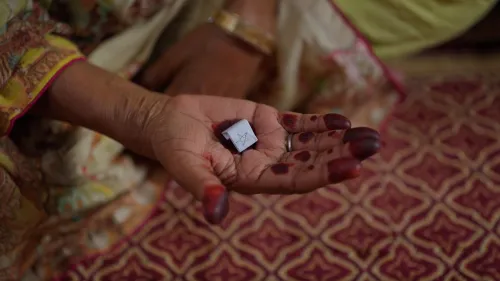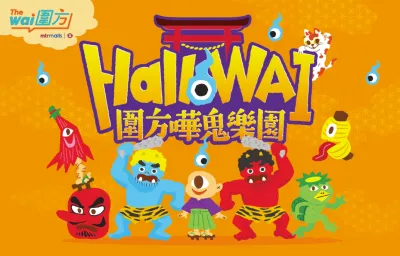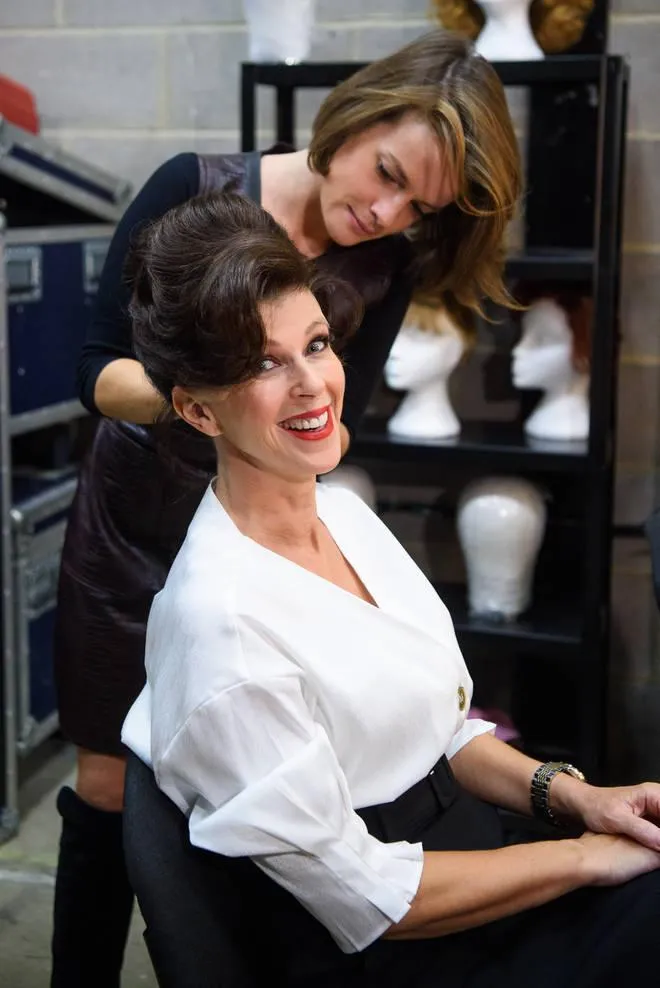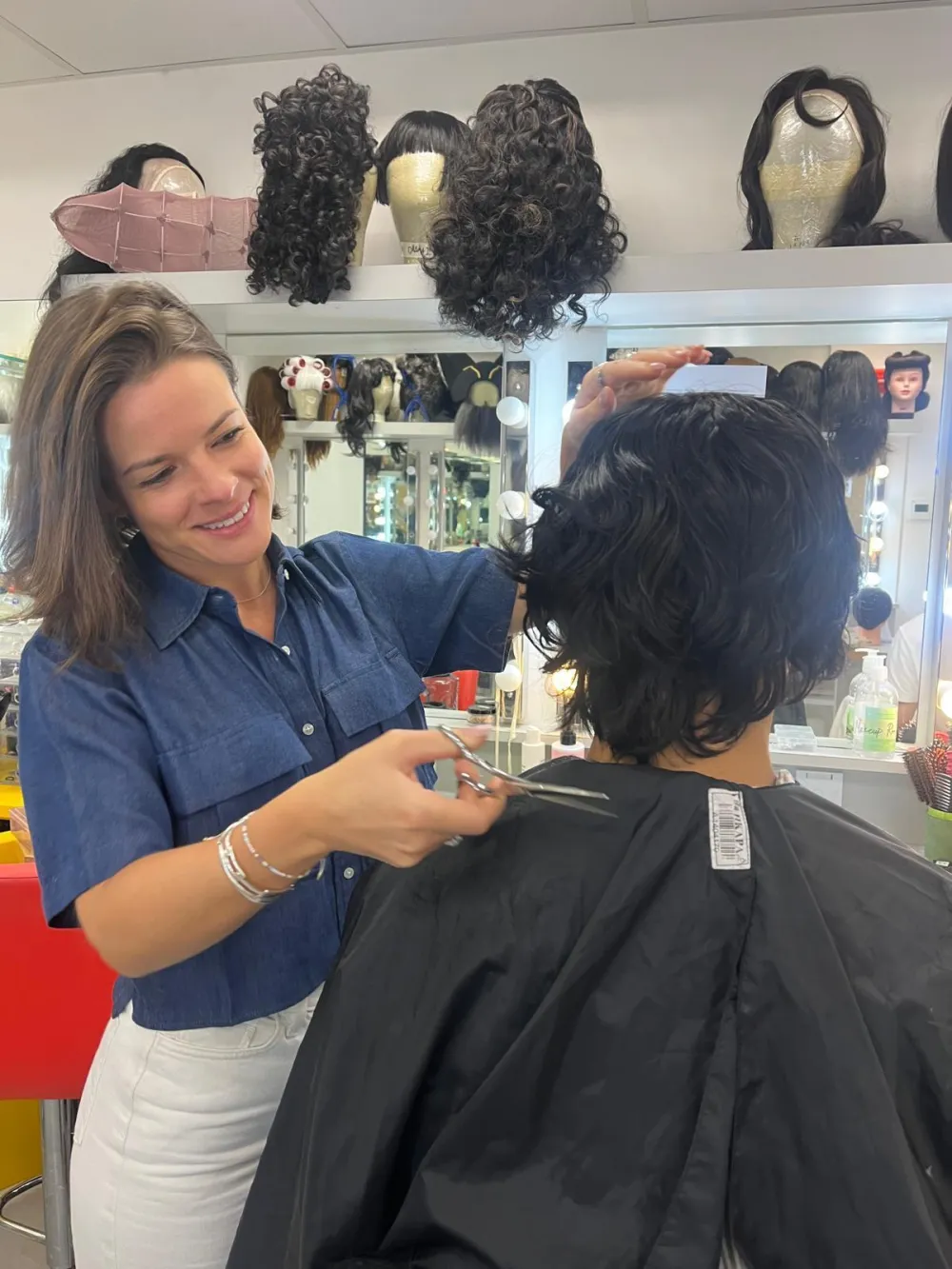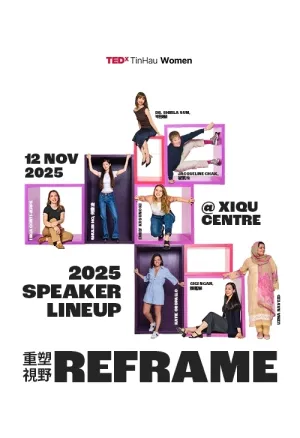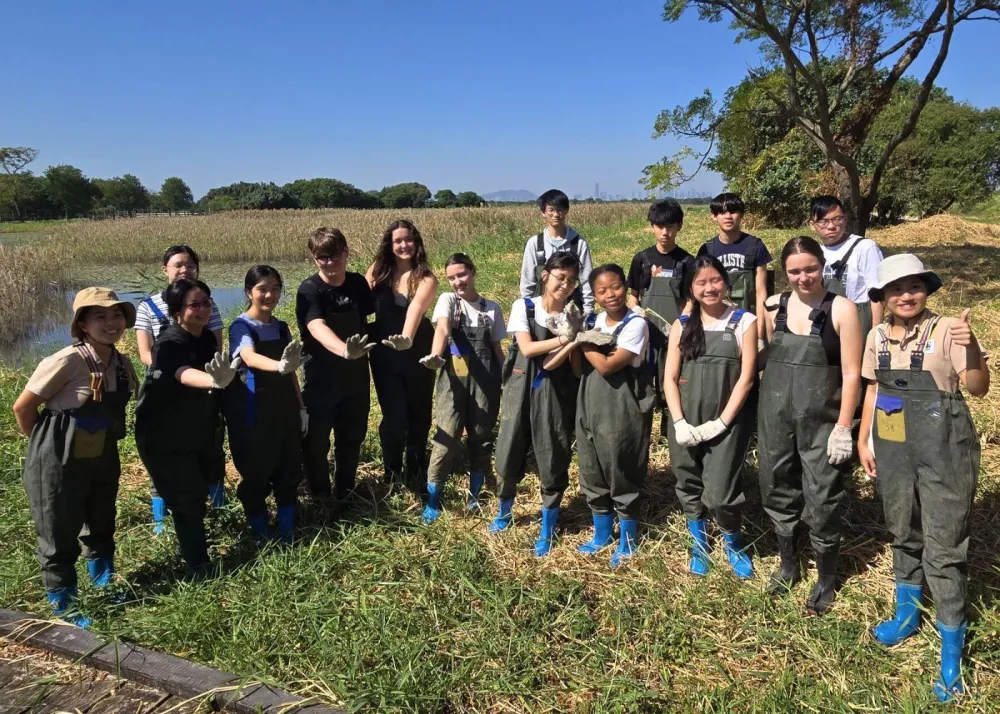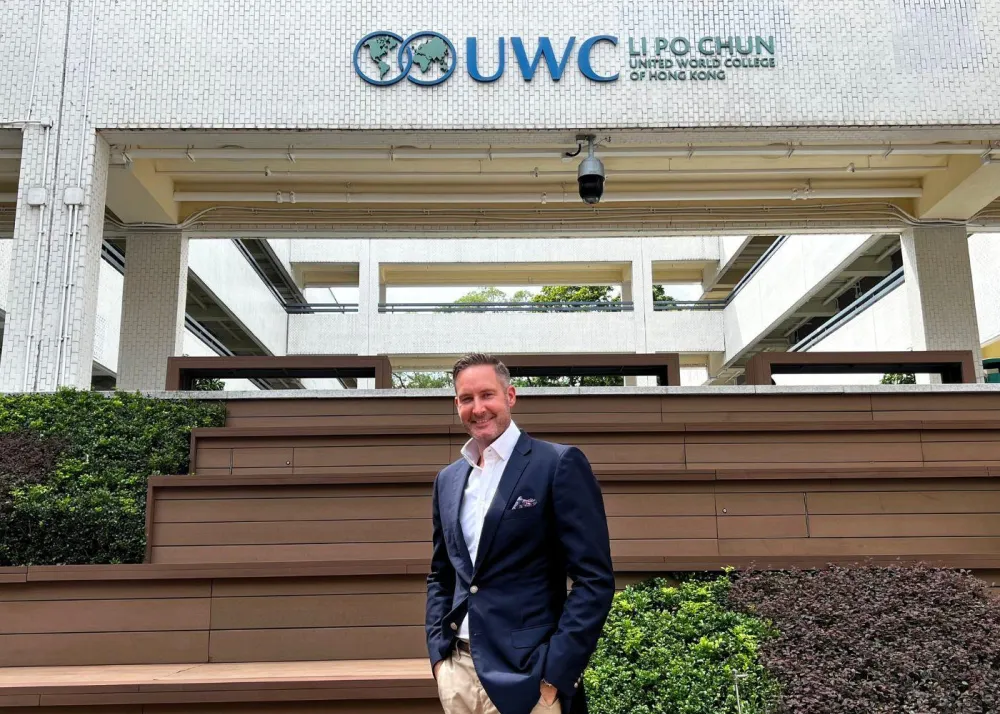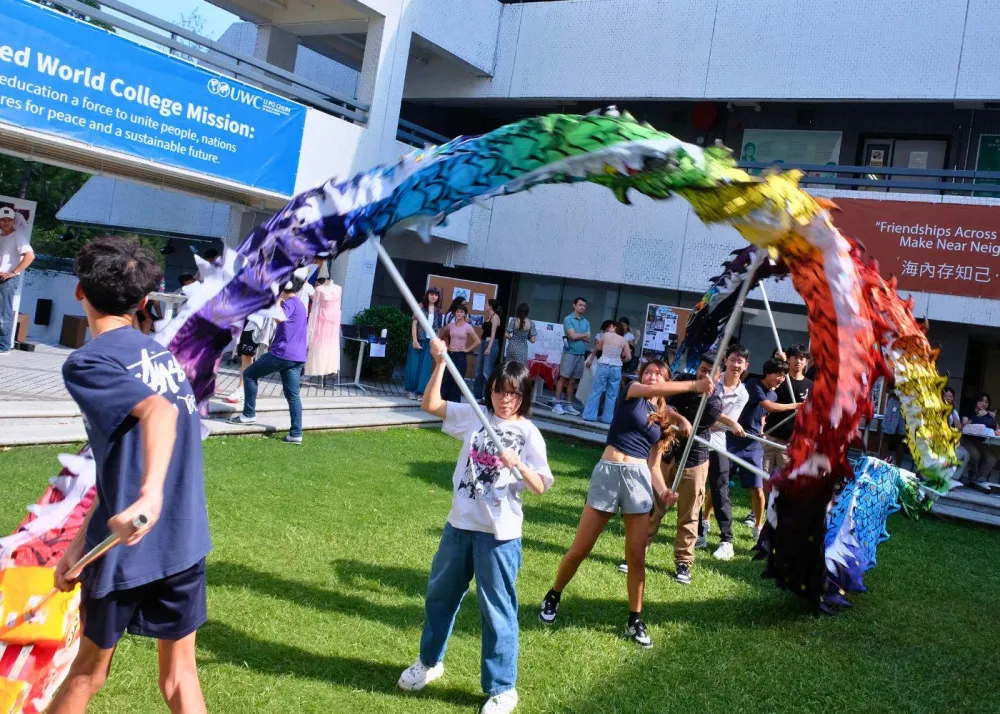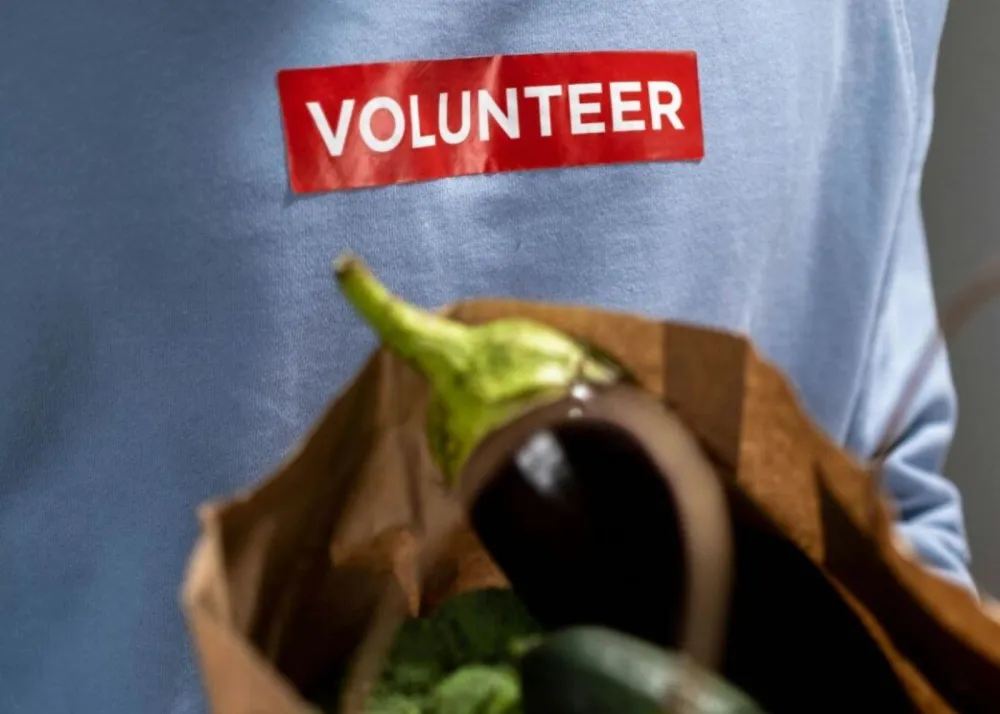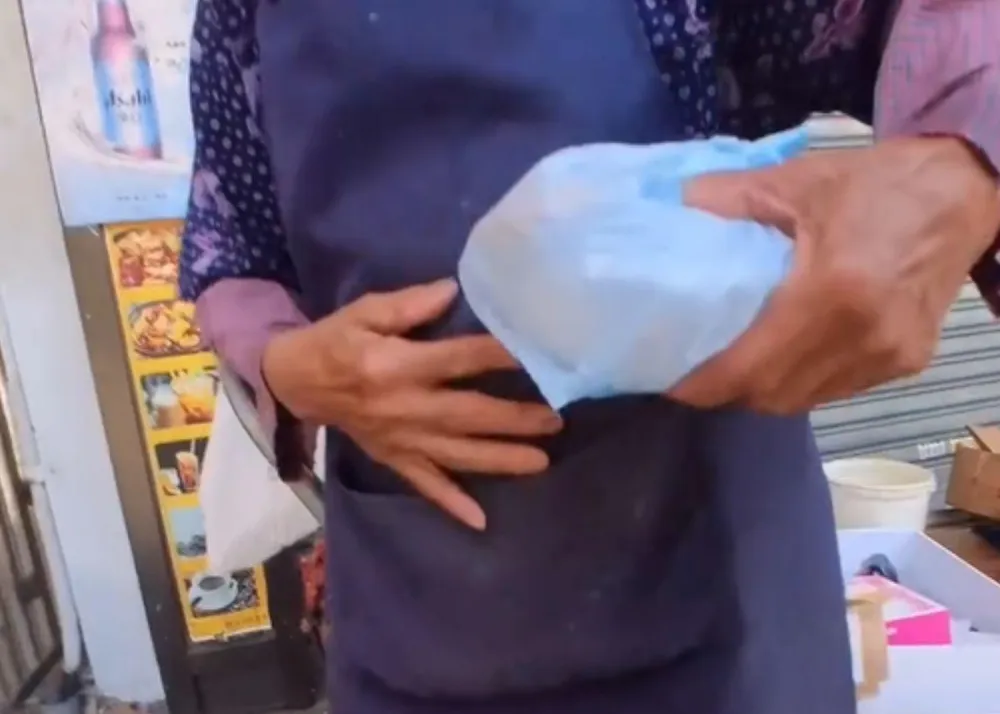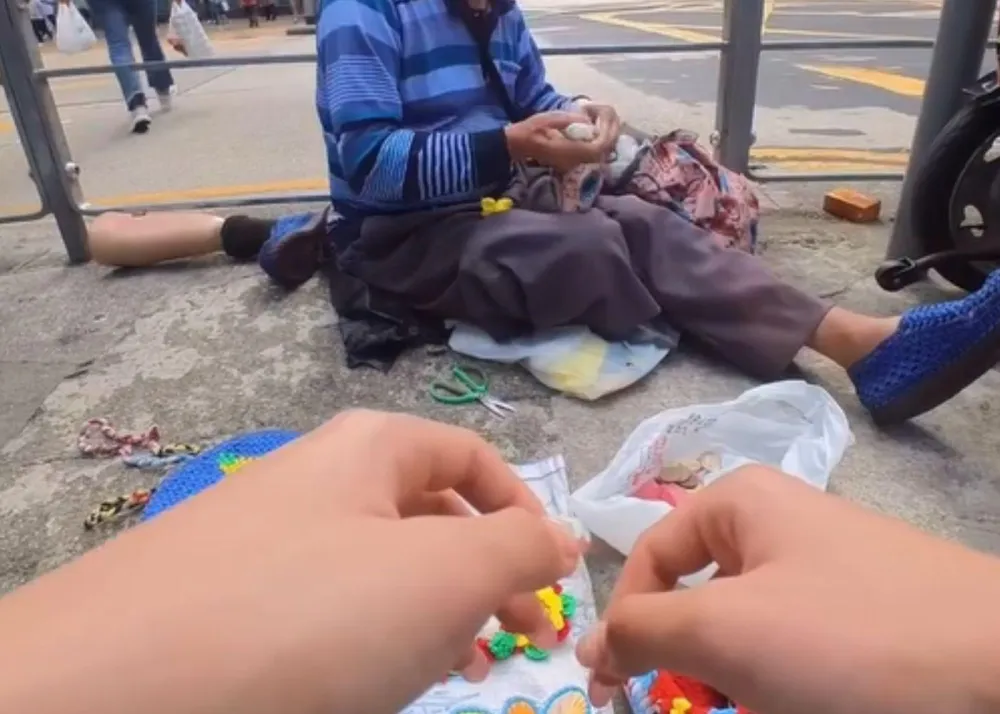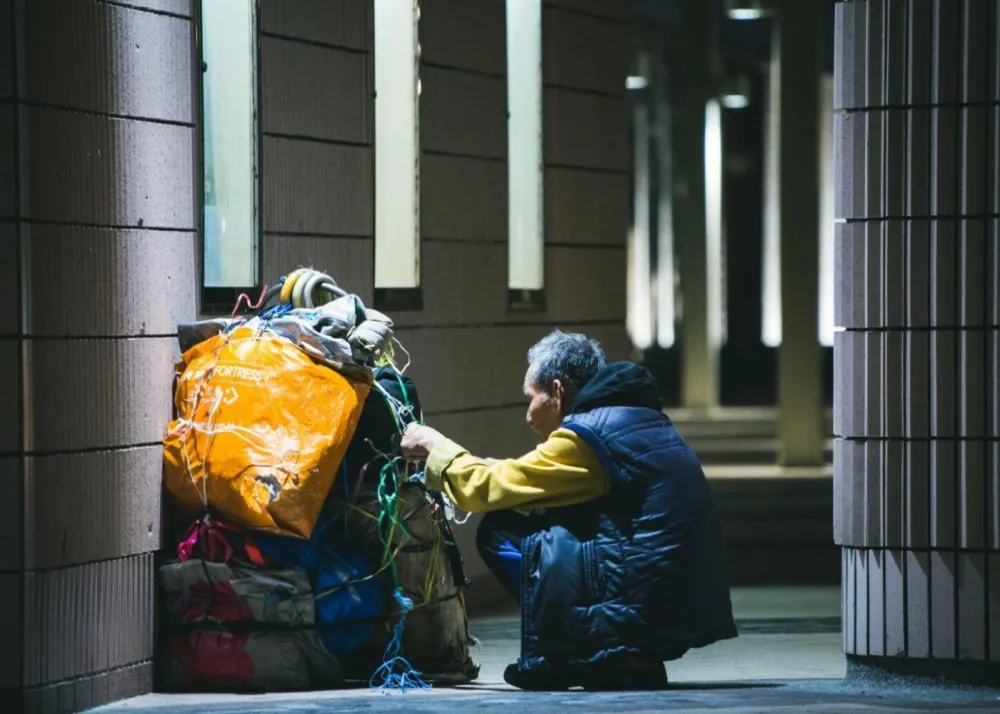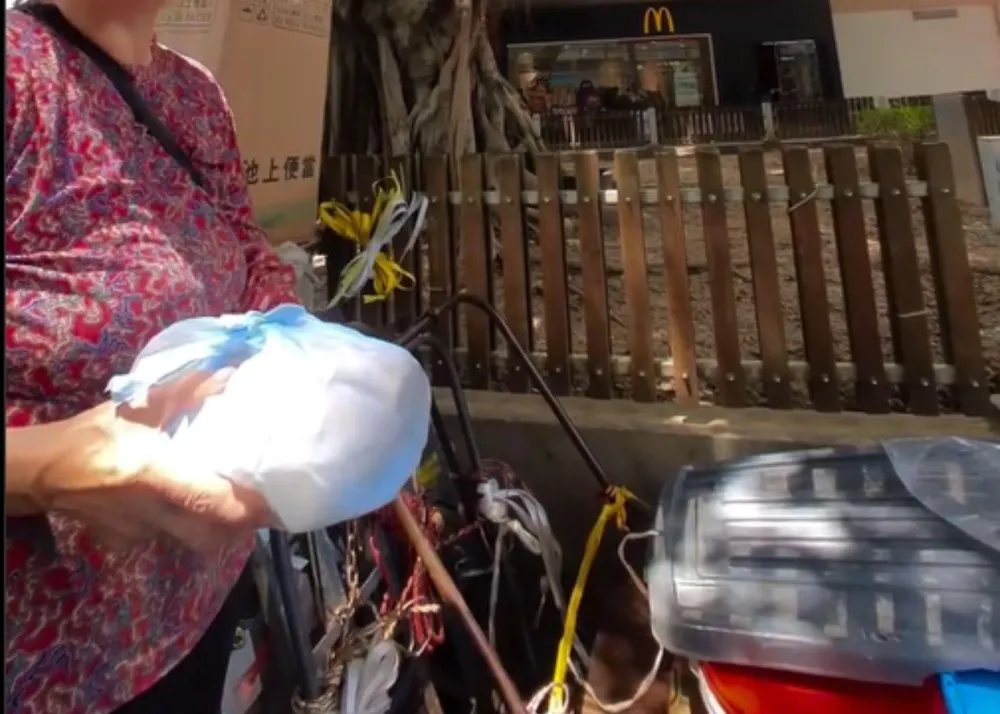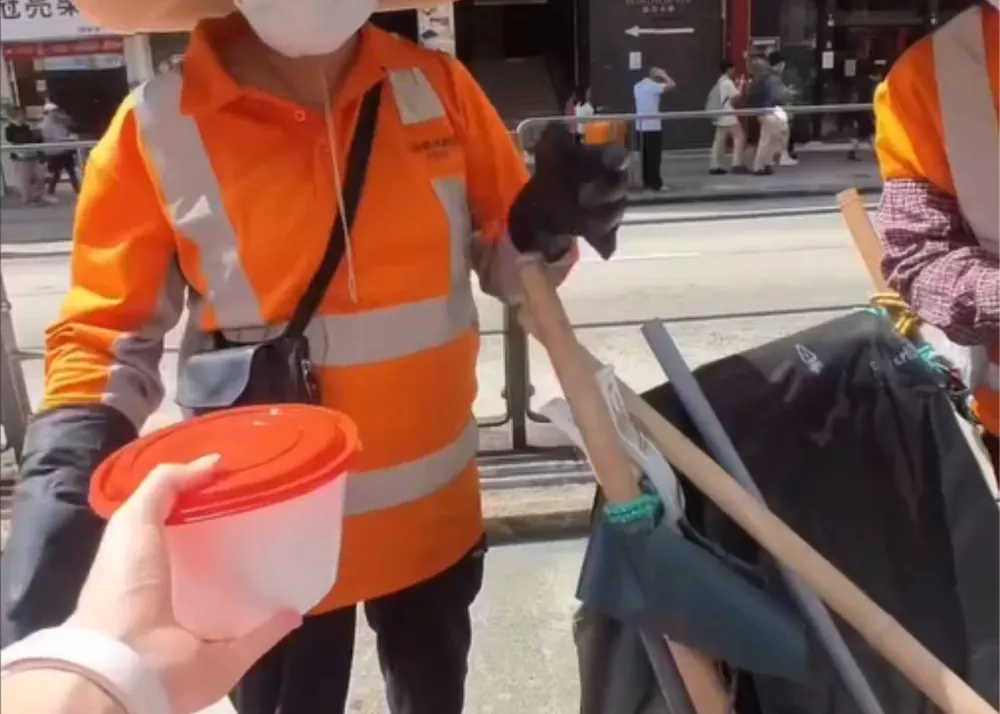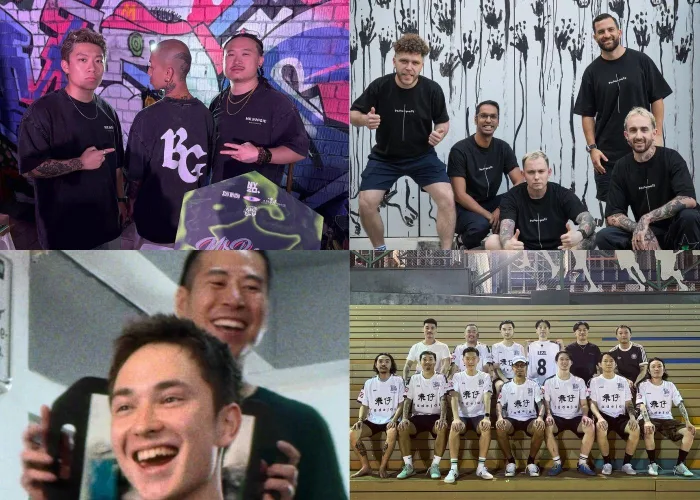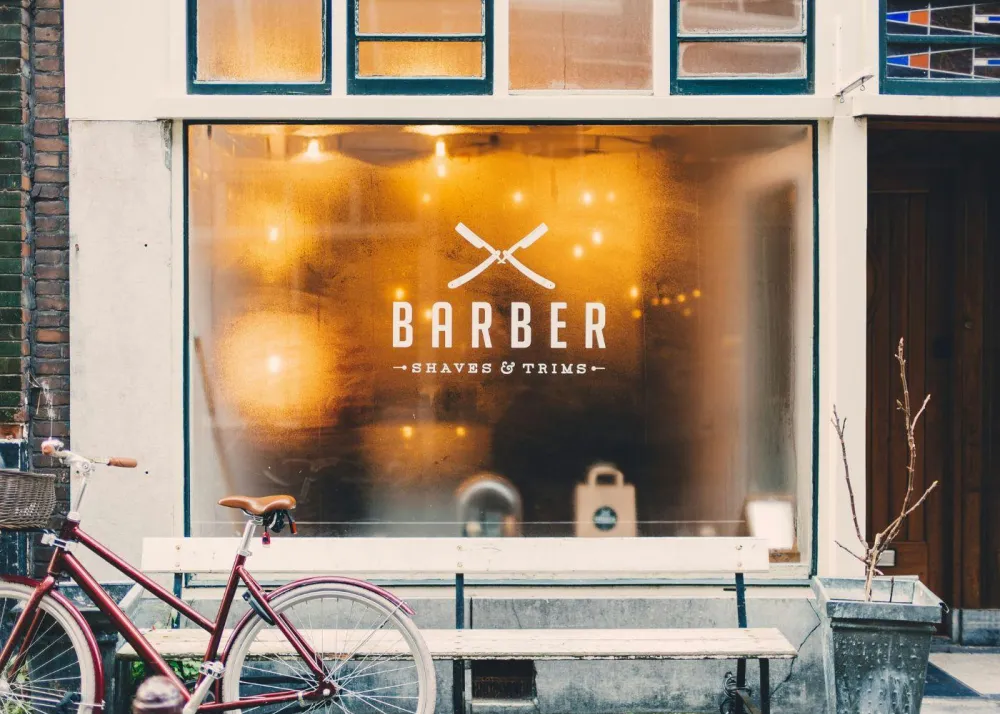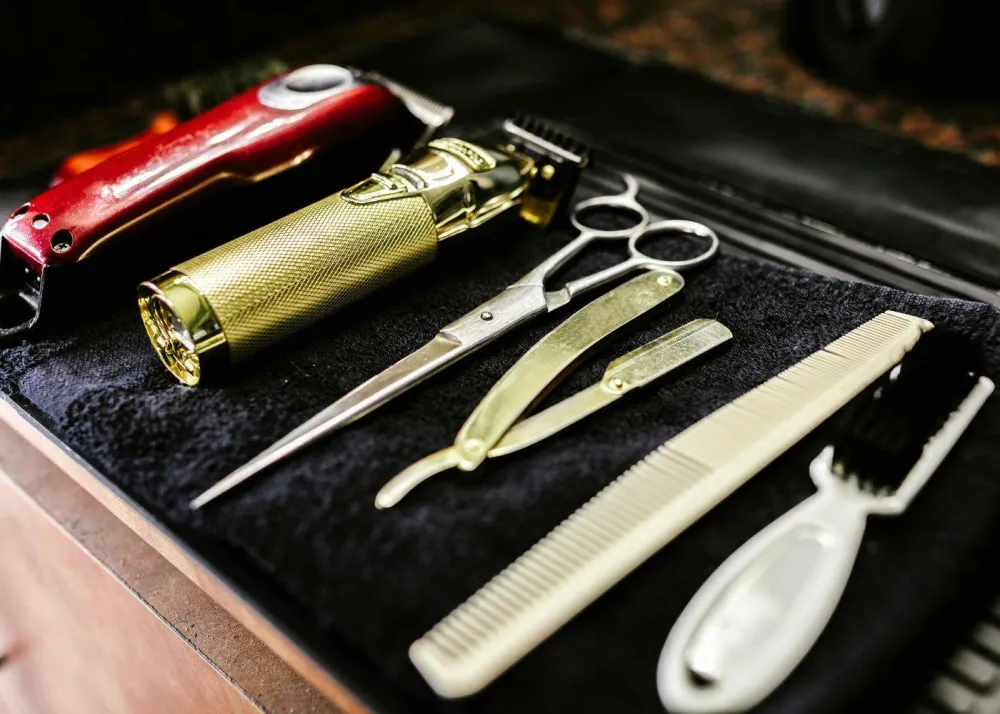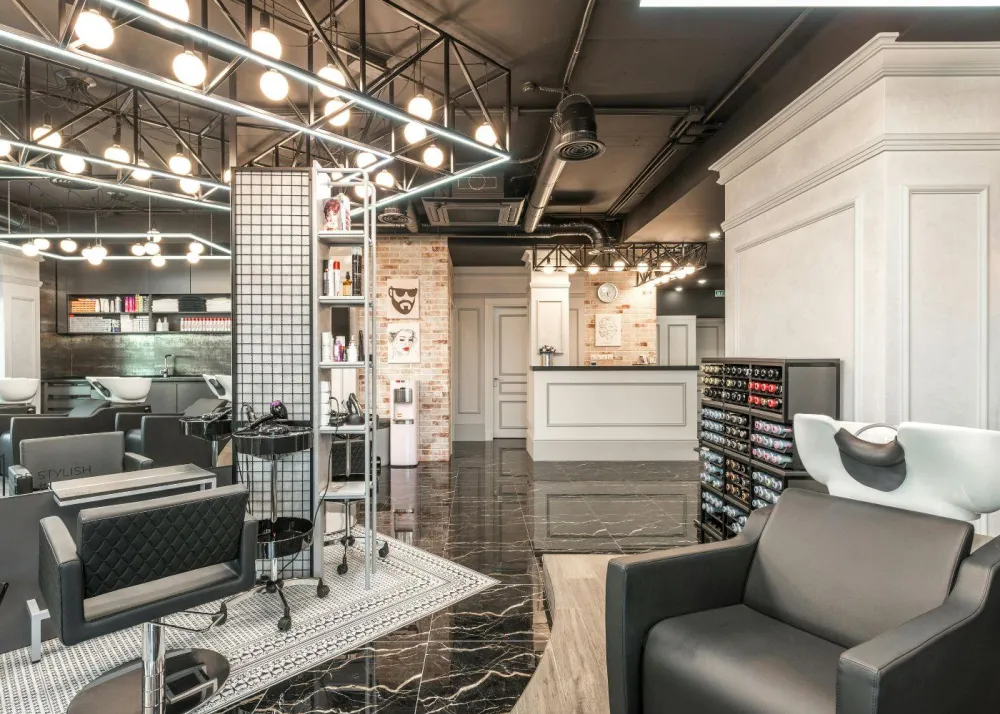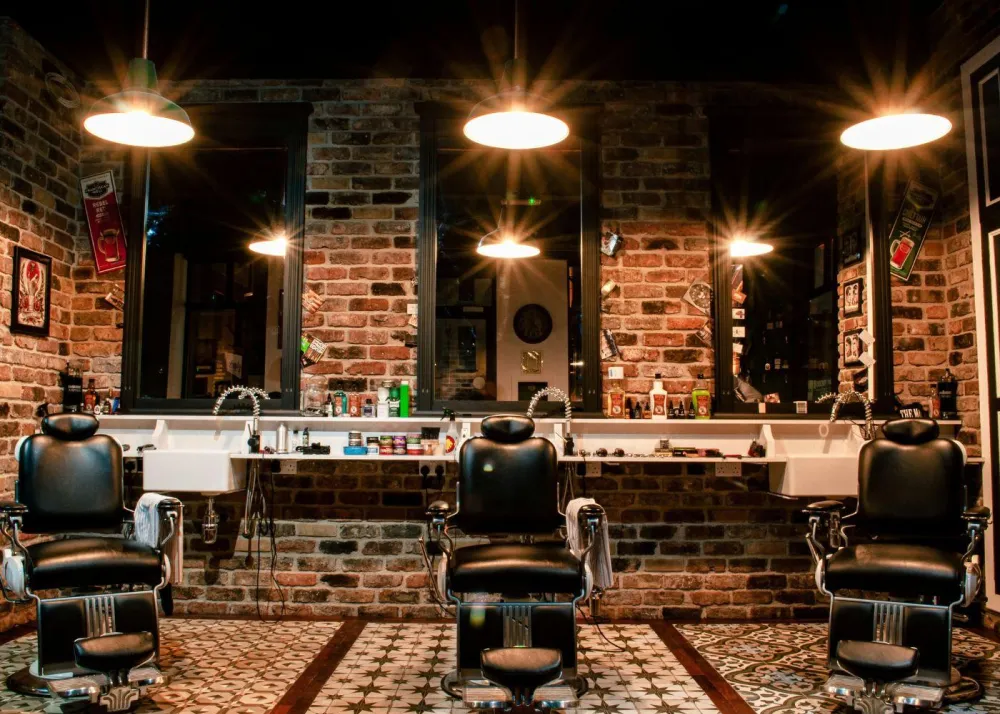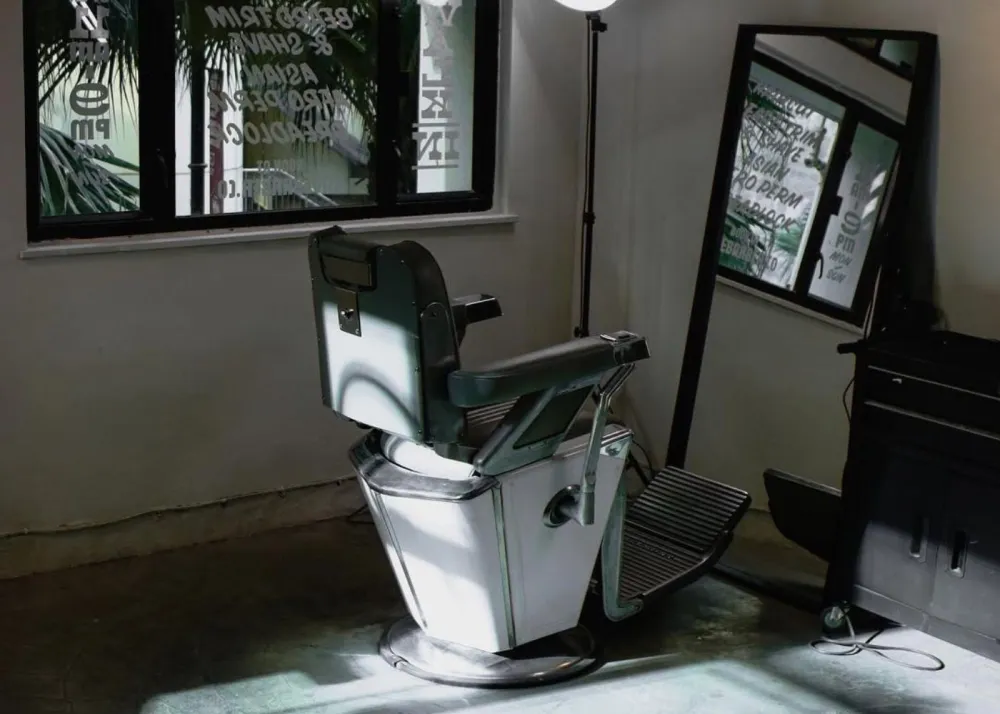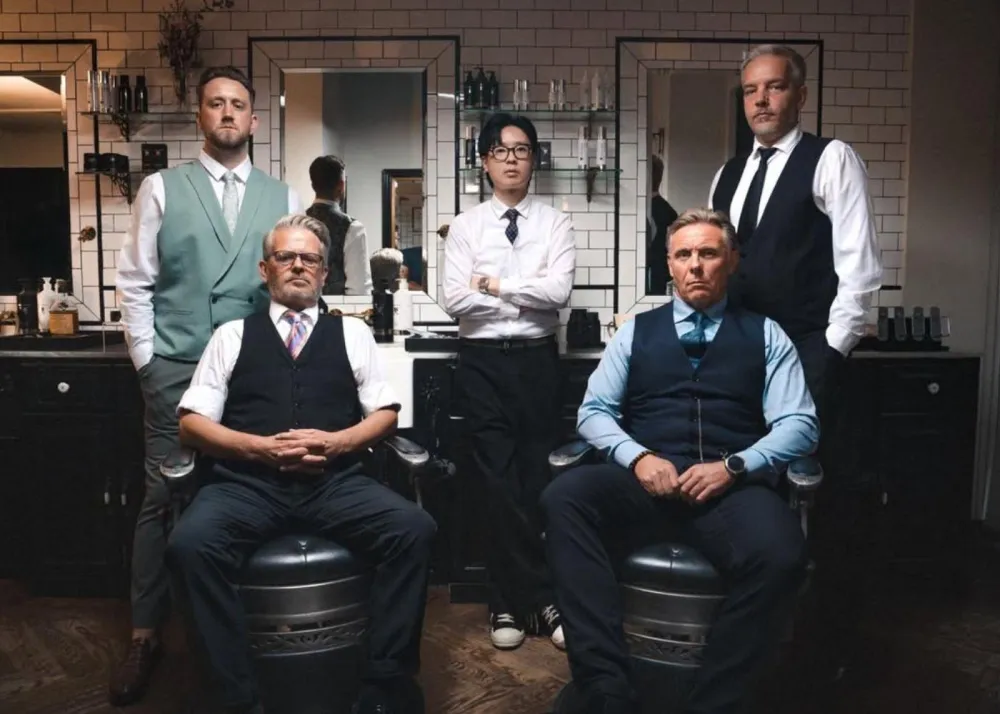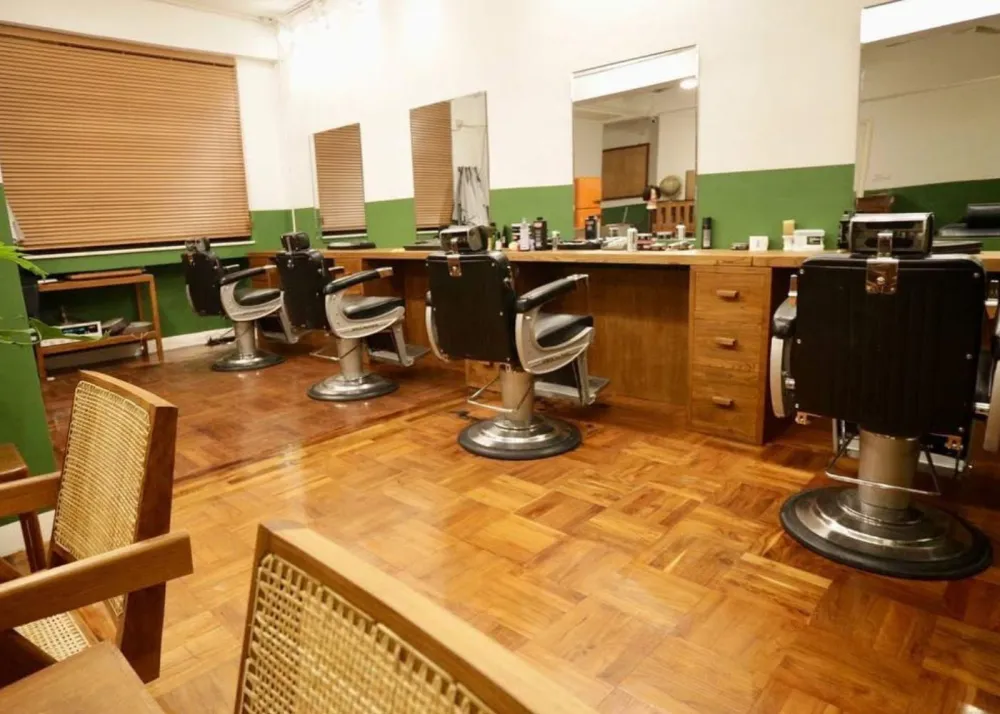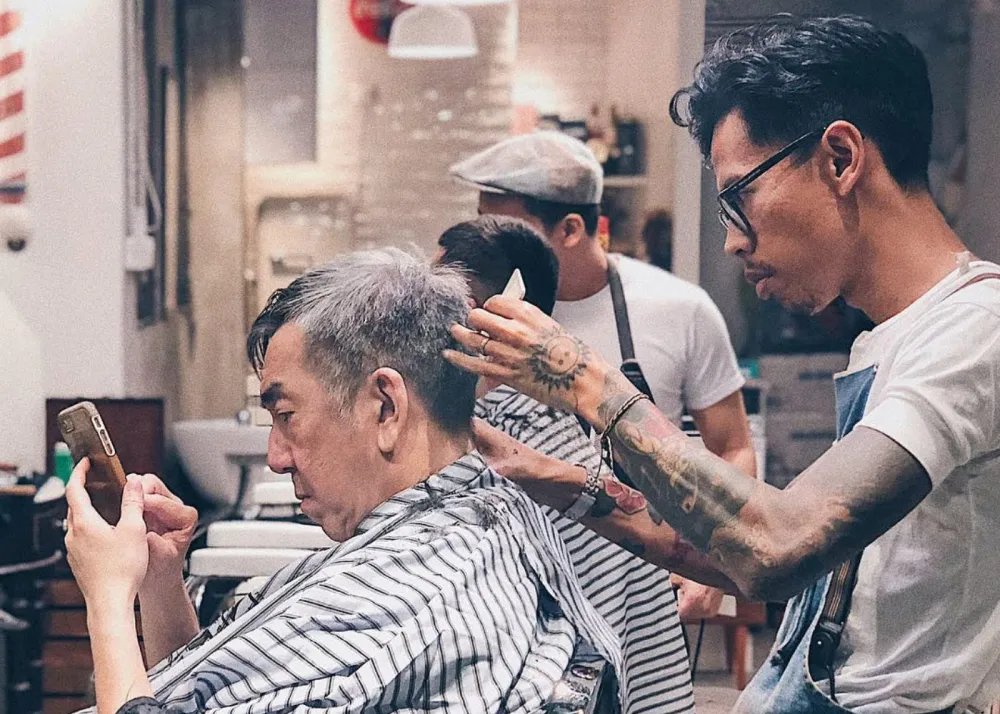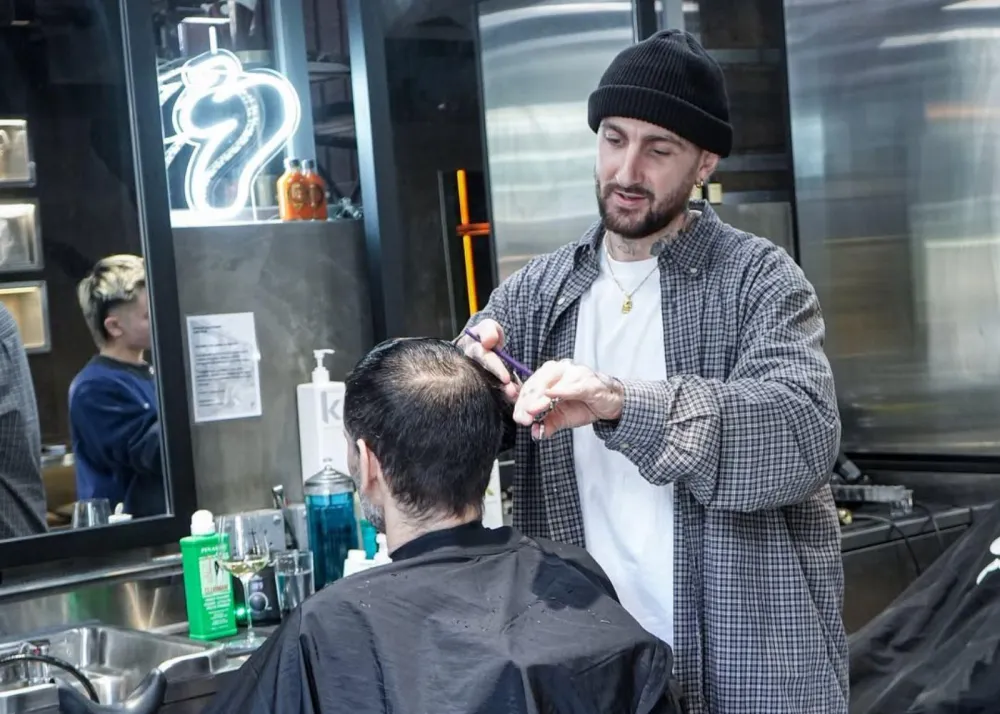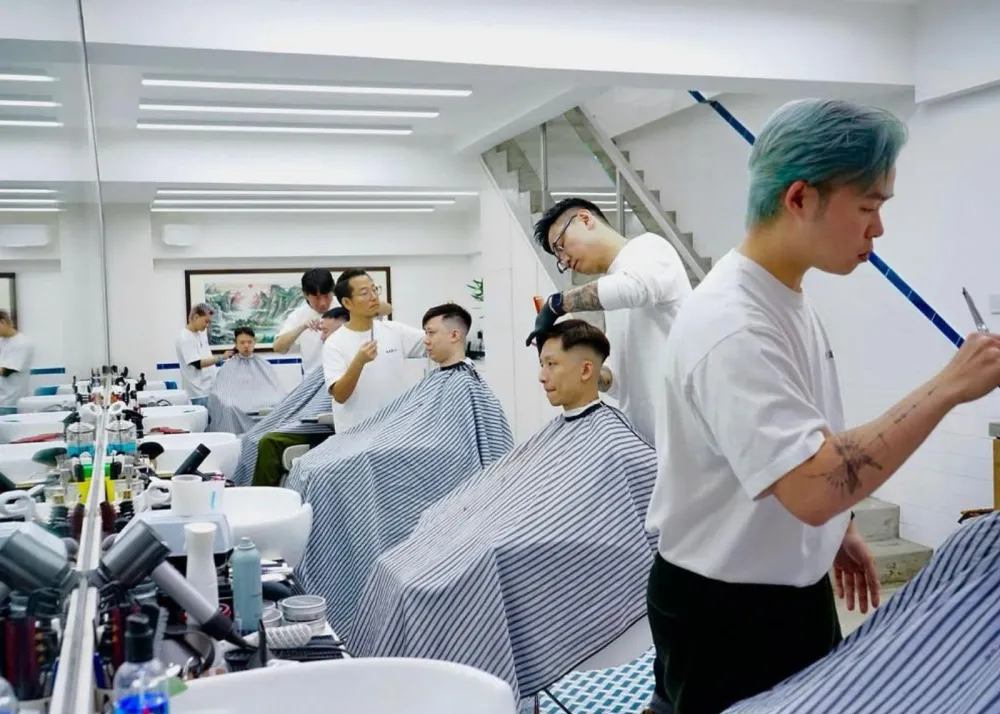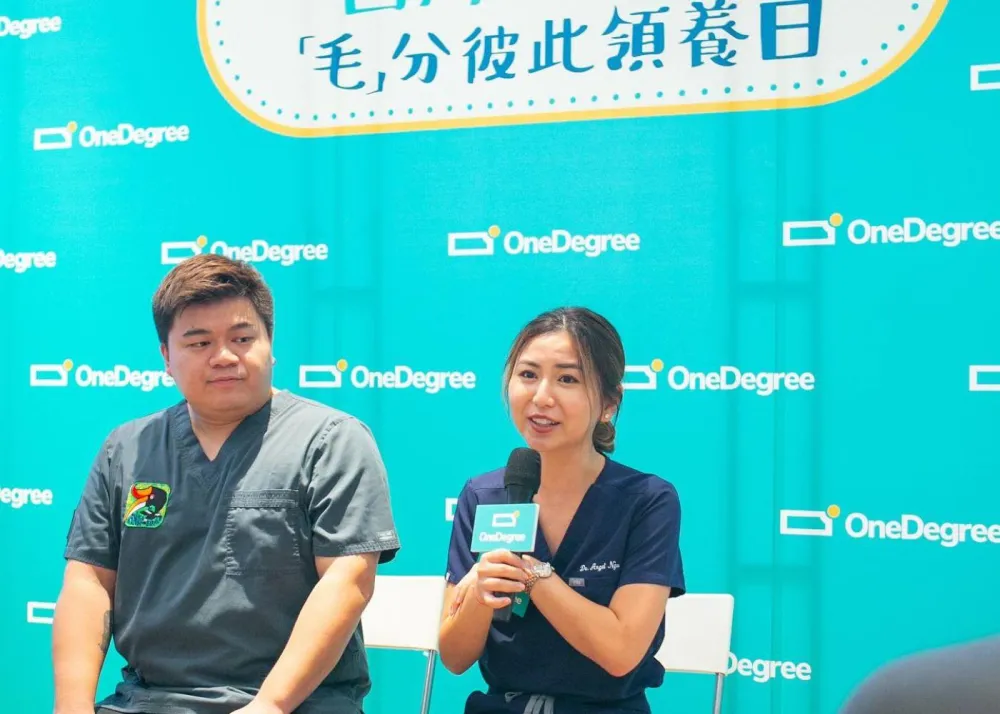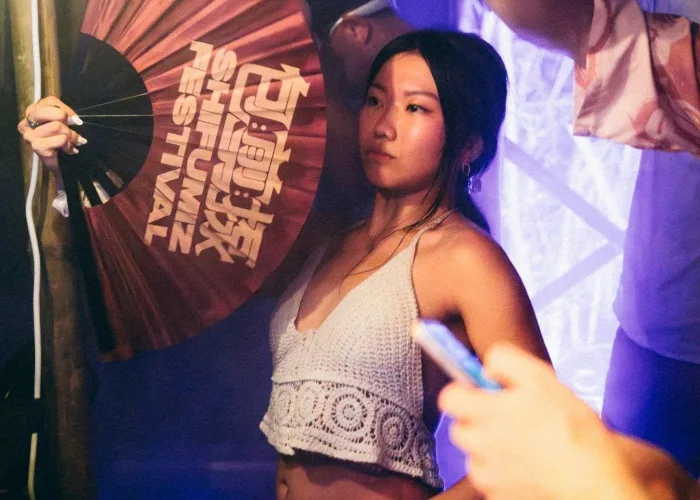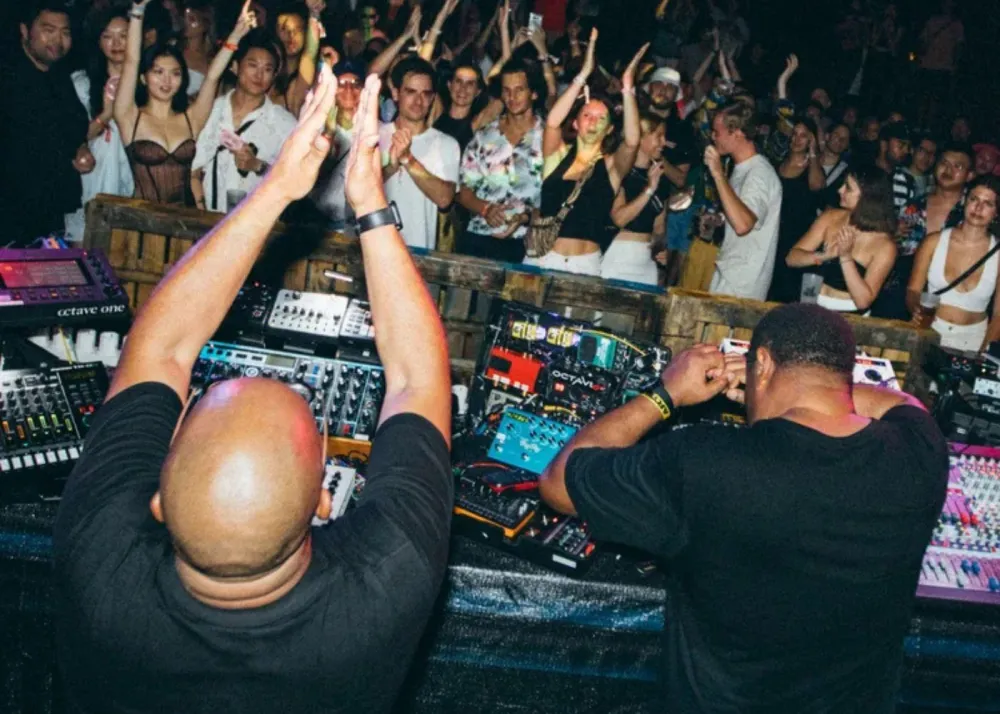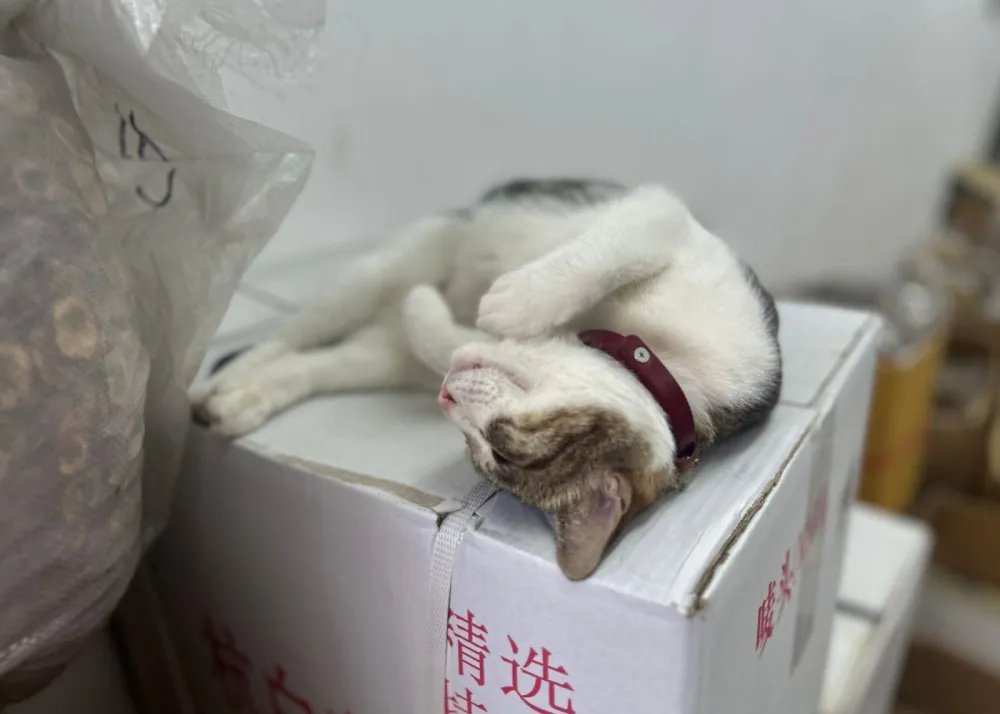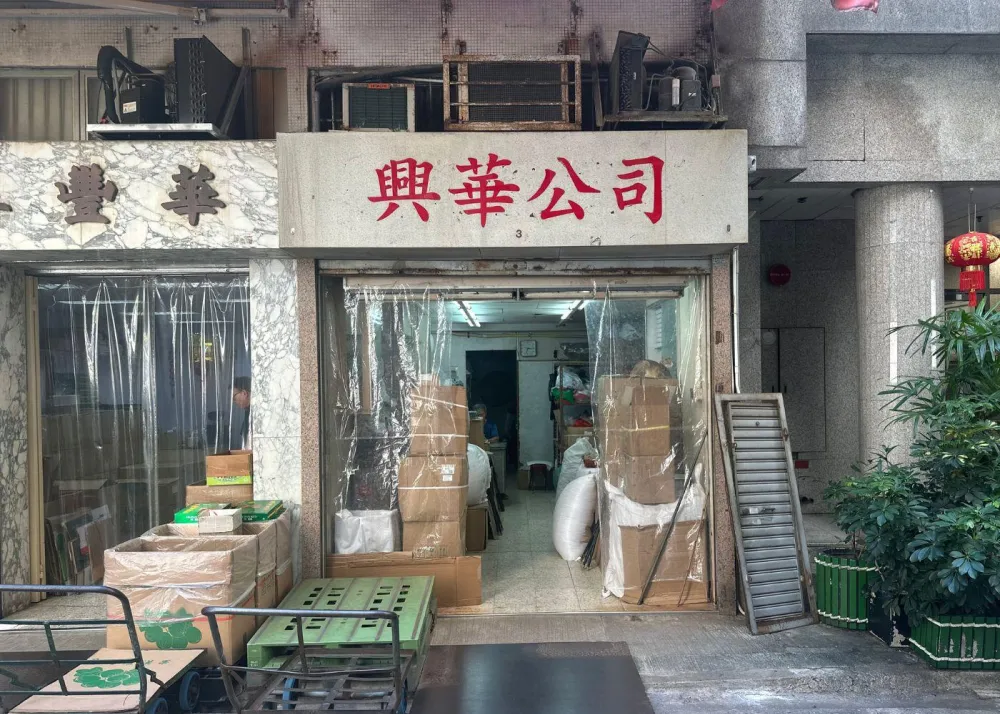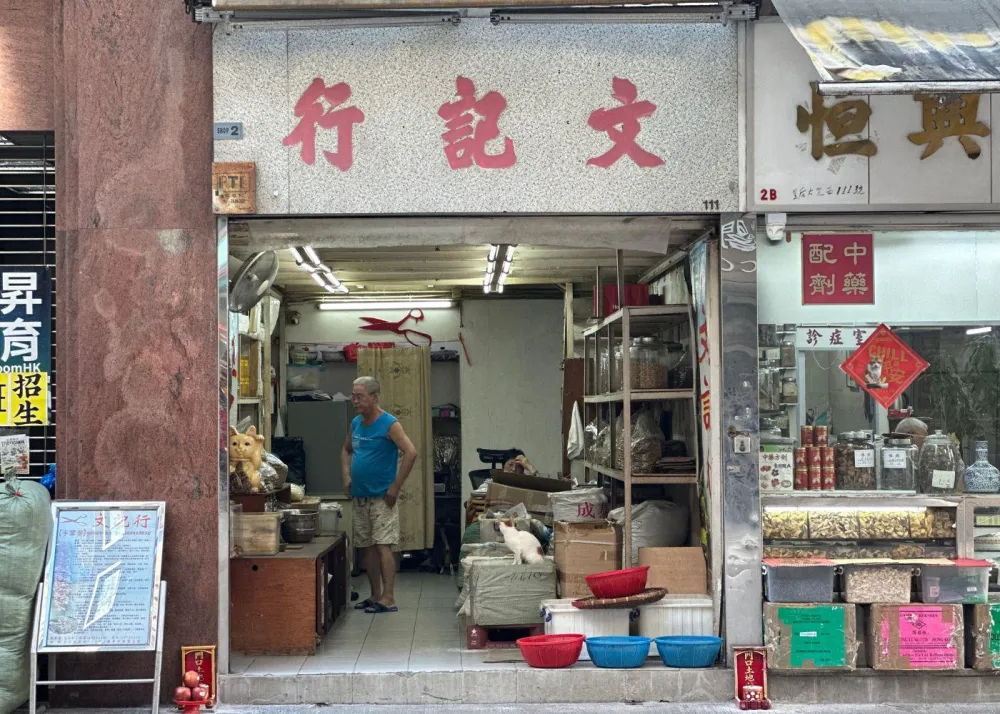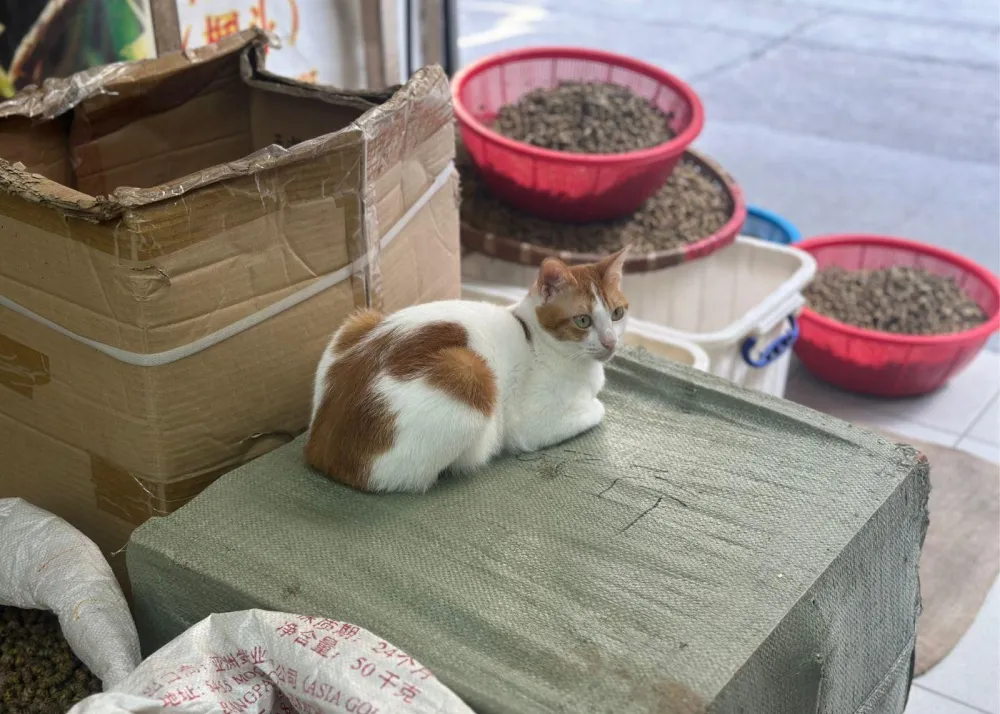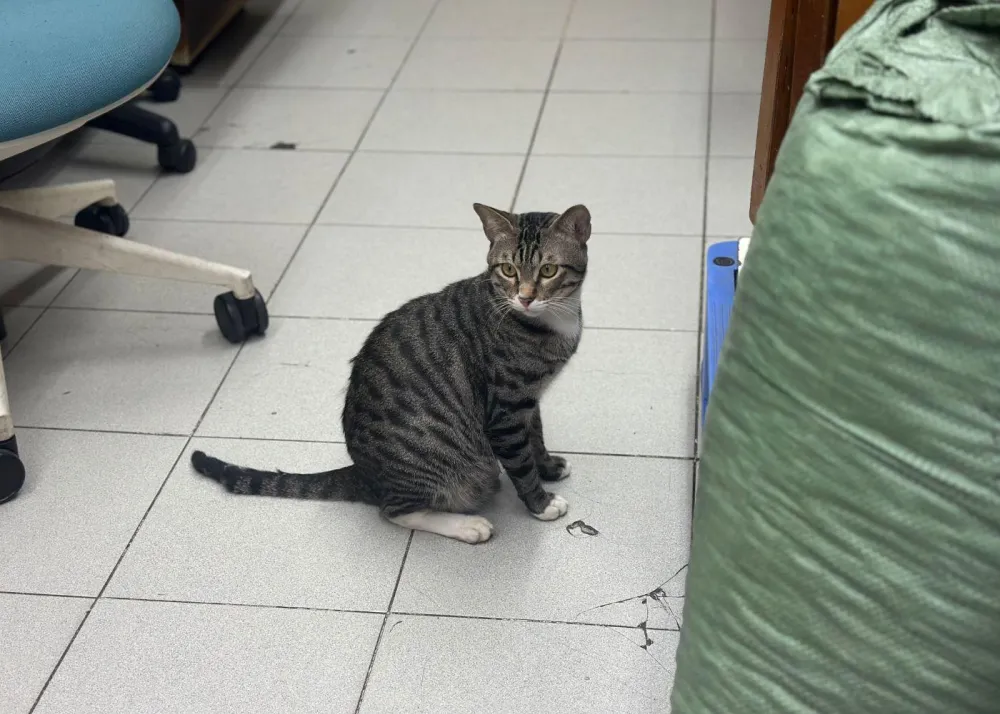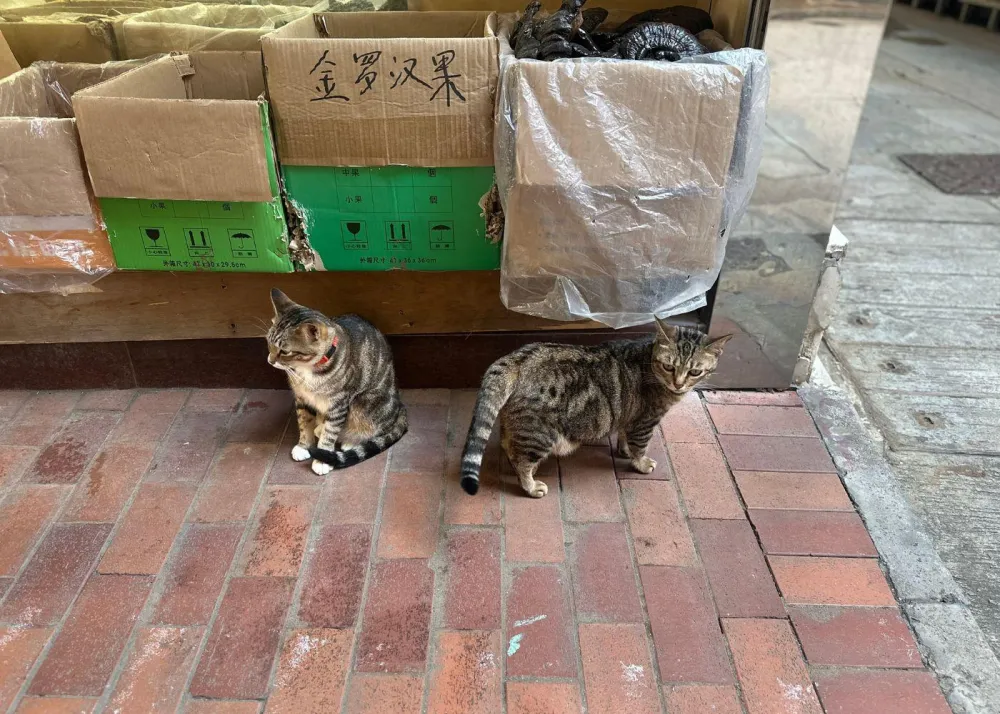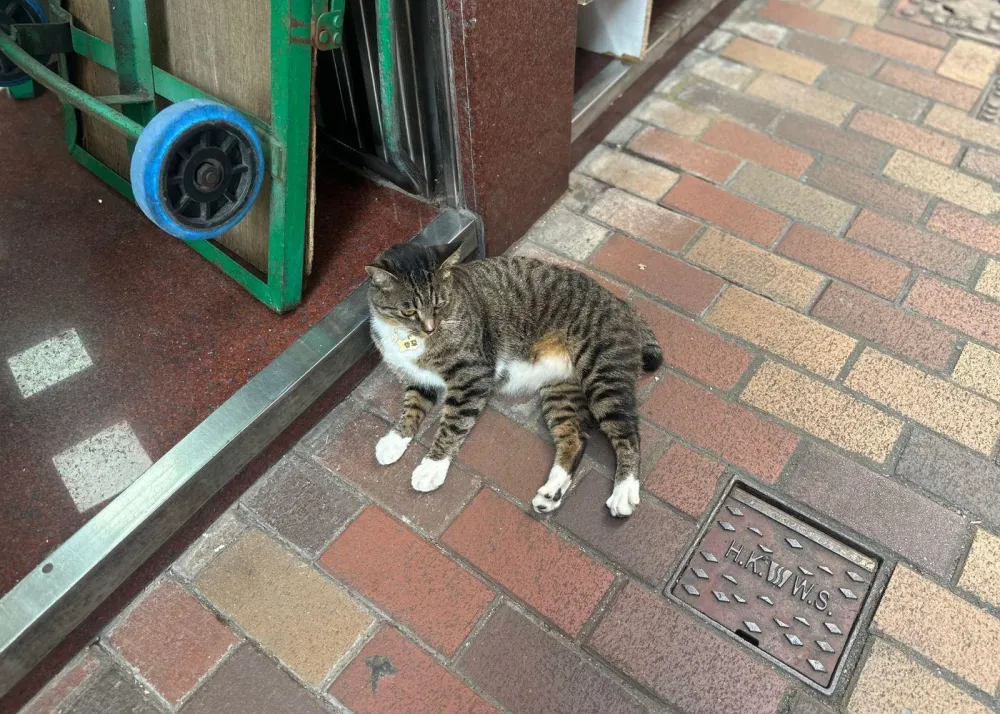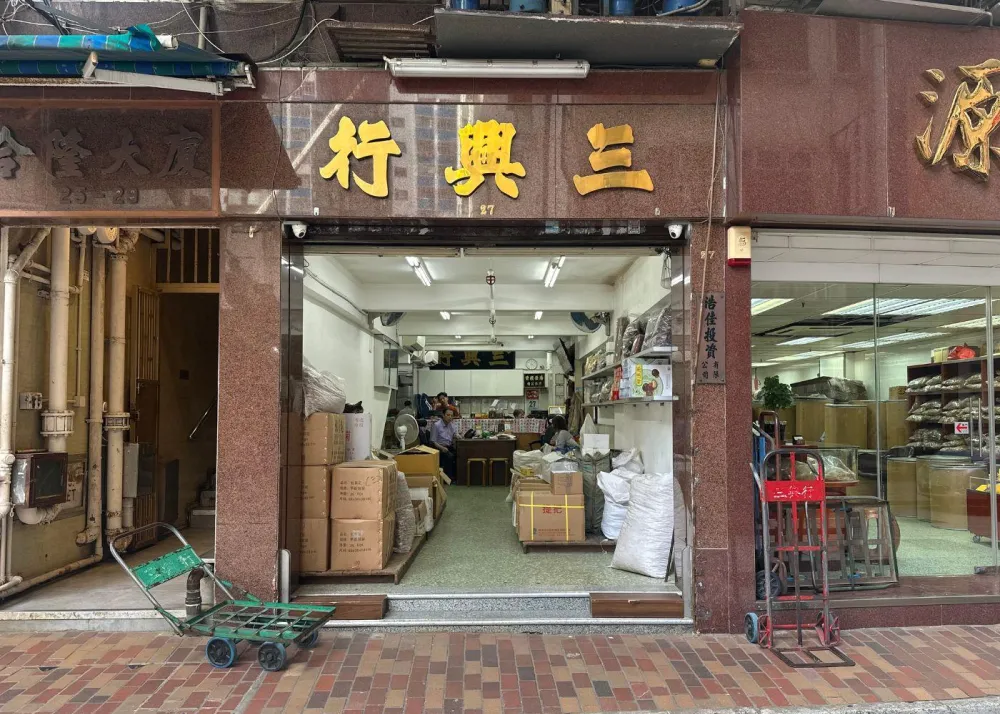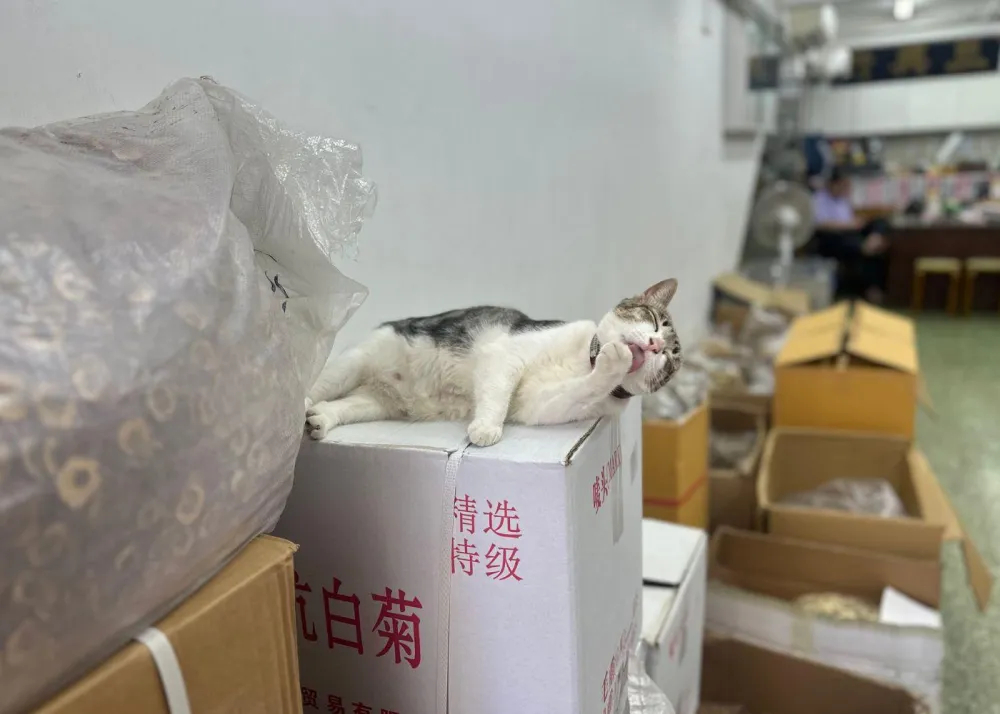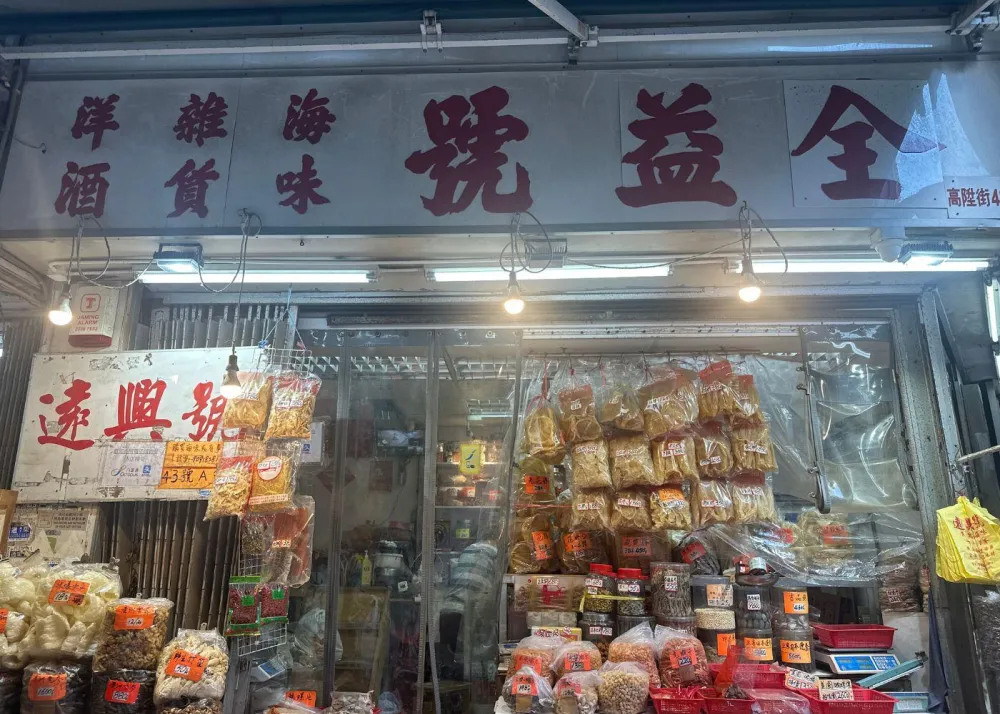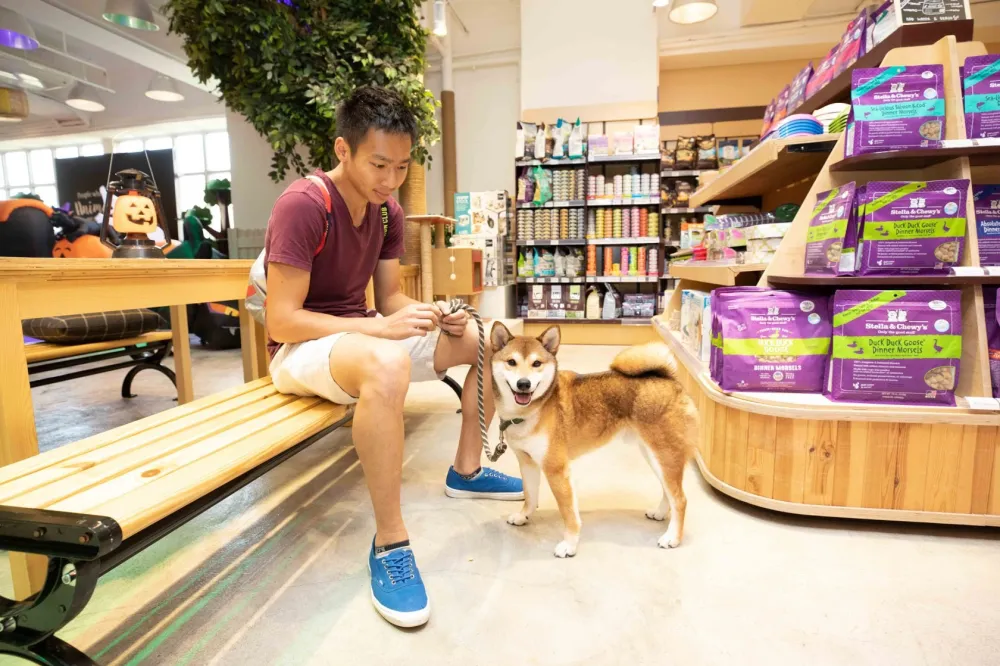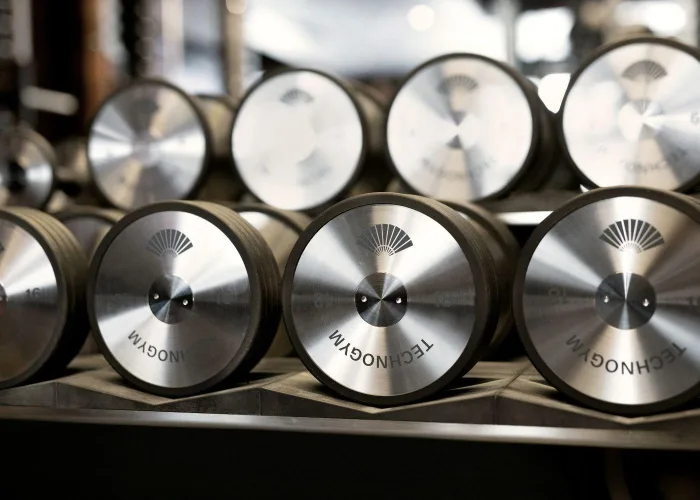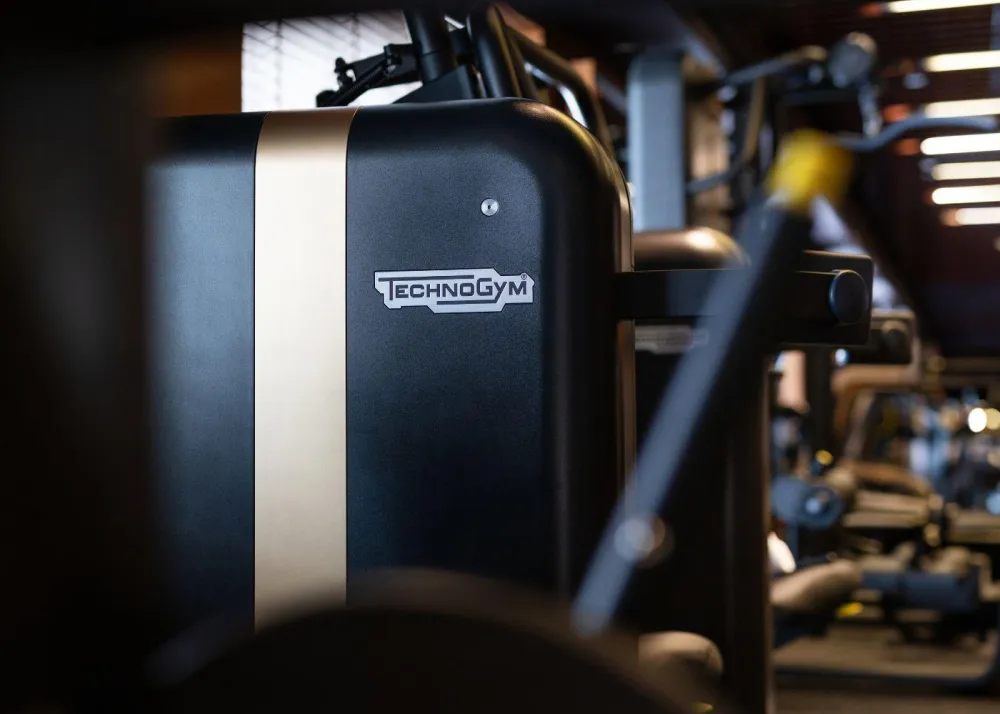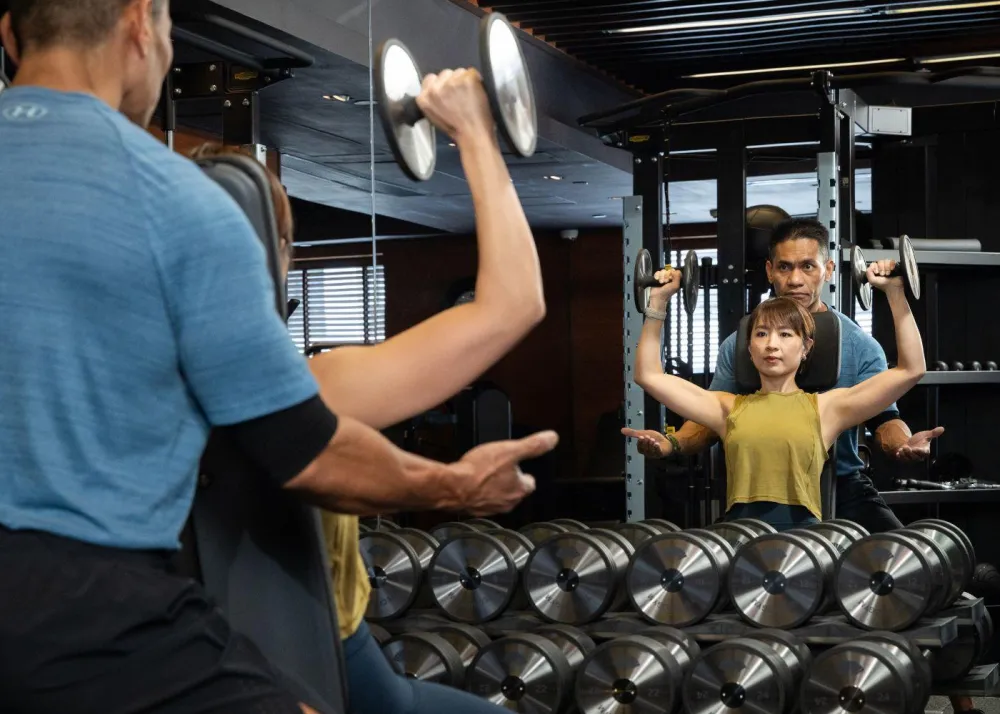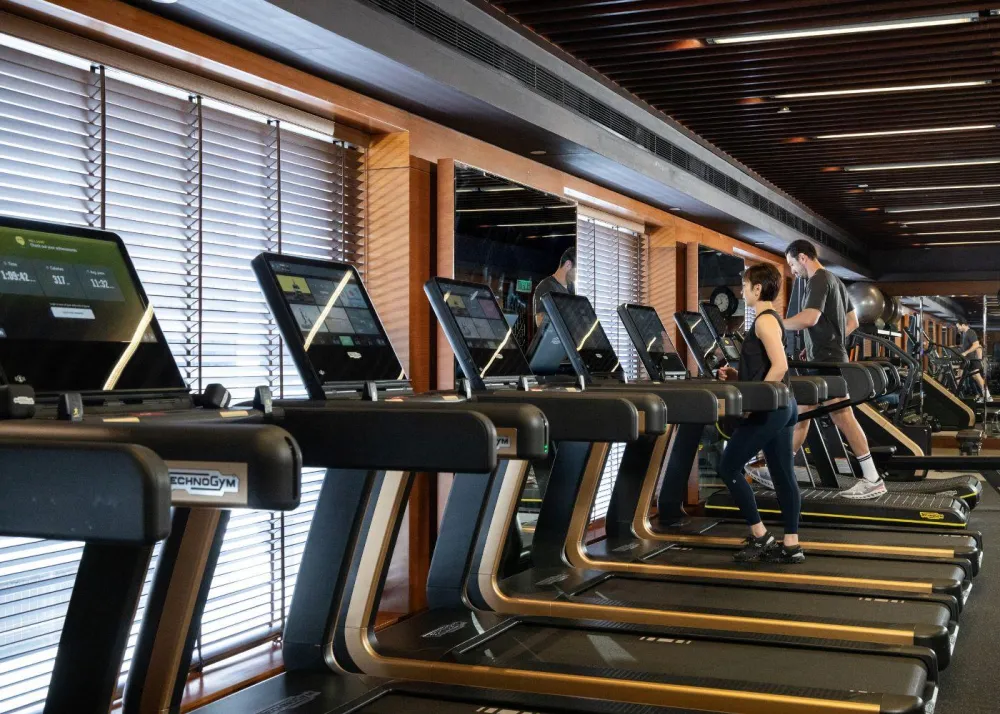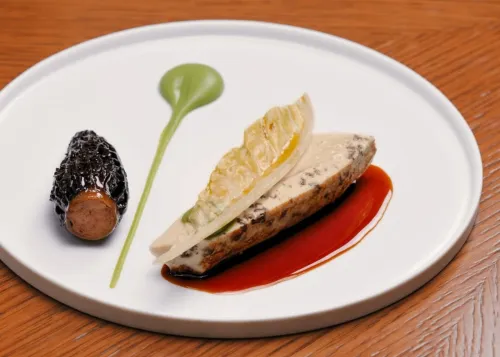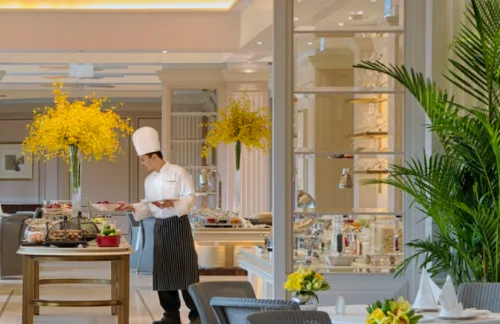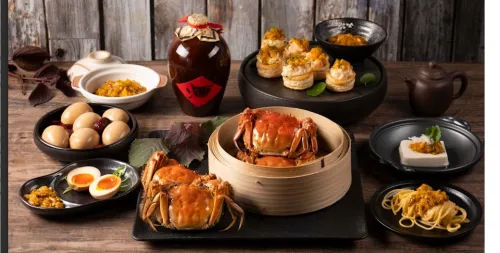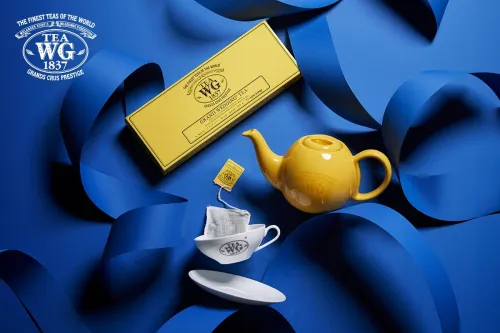The O Gap: Femme Sex Educators on How Women Can Navigate Orgasm Inequality

This interview is part of The Beat Hong Kong’s International Women’s Month coverage. Through highlighting women’s voices, we are celebrating and uplifting the women around us through their stories and multifaceted experiences.
As a woman, there comes many expectations that cloud our relationship with our bodies, our sexual behaviour, and our values surrounding intimacy with ourselves and others. Feeling less than satisfied with the representation of female pleasure around us, a survey by Womanizer revealed that up to 64% of women in Hong Kong feel they can’t relate to media depictions of sex, leading to over half of them (58%) questioning their sexualities as a result.
In lieu of International Women’s Month, we want to extend a safe space for all femmes and females to shatter these misguided assumptions about themselves to focus on finding their own authentic feelings of pleasure.
We spoke to some of Hong Kong’s most eminent advocates of sexual wellbeing to share their personal journeys, and the self-development skills they’ve discovered along the way that any woman can learn to use to understand her own sexuality. Joining us are renowned sexologist and sex educator Sara Tang, alongside mindful intimacy coach and public speaker Viv Kan, as well as health and fitness professional and sex positivity advocate Emily Lola Tan.
Now, pull back a seat at our roundtable to read their advice on how to begin connecting with yourself to become confident and comfortable in defining your own terms and preferences!
How did you begin your journey as an advocate for sexual wellbeing?
Sara Tang (ST): I grew up in a culturally conservative Chinese family in Singapore and was also brought up religious. Sex was considered taboo, and my sex education was negligible. This resulted [in] guilt and shame when I first became sexually active and other bad decision-making.
How I was brought up gave me first-hand understanding of the importance of a good sex education, and how it can have a big impact on someone’s confidence, health, and relationships. Eventually, this led me to pursue sex coaching which is what I do now. As a coach, what especially lights me up [is] working with clients who come from a similar upbringing, and helping them to overcome shame and explore their sexuality.
Viv Kan (VK): It started when I became curious about Tantra and attended workshops while travelling. I thought I was already having great sex, but the tipping point was when I learned about Yoni and Lingam Massage. I thought I'd tell my friends about what I learned. No one had heard of such concepts and practices, but everyone was intrigued and wanted to know more. So, I knew I had to spread the teachings, because we all know conventional sex doesn’t work for everyone.
Emily Tan (ET): Subconsciously, I began advocating for sexual wellbeing when I started teaching pole dancing in 2007. I describe it as such because I was amazed by the transformations over the years, but I wasn’t equipped with elaborative language we use today.
Being intentional about what I was doing happened after I was diagnosed with cancer in 2018, and I felt the pull to heal my sexual trauma. I was connected with Sara Tang and through our conversations led by her warmth, openness and encouragement, the dots finally started to connect.
I started talking more openly about sex and fast forward to today, I’m studying with Sexual Health Alliance to qualify as a Sexuality Consultant! I also write a weekly newsletter called Creative Eroticism, where I integrate sexual wellbeing with discussions on mental and physical health.
What is the most harmful misconception about the female orgasm? Could you please explain the truth behind the myth?
VK: That penetrative sex is the way to female orgasm. It can be, but 75% of women actually don’t orgasm from penetrative sex.
ST: The truth is that a large majority of women need direct clitoral contact to reach orgasm, and that is often not something that is specifically catered to with the thrusting motion of penetrative intercourse.
VK: There’s so much untapped real estate around the vulva, nipples (yes, nipple orgasm is a thing!), and the rest of our bodies that can lead to incredible orgasmic sensations.
ET: Like many things, there are layers to this. I think one of the most harmful misconceptions about the female orgasm is layering guilt onto it if a woman doesn’t experience one. Just because it’s not easy for you to have orgasms doesn’t mean there’s something wrong with you.
Your stress levels, environment, relationship stability, responsibilities, health, beliefs, guilt… all contribute to your entire systems ability to allow you to connect to your body better.
ST: Many women who fail to reach orgasm, may blame themselves and feel like it’s their fault. Or they only engage in sex for their partner’s sake and not for themselves. Over time, sex may start to feel like a chore: they desire it less, and it then becomes an issue in the relationship.
ET: Now, if we want more orgasms than we’re having right now, it does require some less-sexy work, like [taking time to schedule] solo or partner sex. Which are also normal and common! For the women who require some life admin juggling to free up space for self-intimacy — I hear you. You’re not alone, and we deserve to create that space.
What do you think are some key social or cultural barriers (pain points) that need to be addressed for us to move forward with embracing, and even researching female sexuality?
VK: I’d love to see women release shame, guilt, and self-judgement on embracing our sexuality. I’d like to see all genders supporting other women for being sexually open.
Oftentimes, people get triggered by the topic of sexuality because we were never taught how to approach it or talk about it like adults. Or we’ve been suppressed or conditioned to think it was dirty. So, let’s recondition ourselves to understand that there is no wellbeing if there’s no sexual wellbeing.
ST: Female sexuality has been under-represented and misunderstood for centuries. It started coming to light in an era when men dominated science and when female sexuality was either objectified or constrained by social, financial, cultural and other economic pressures.
ET: Up until 1993, women were excluded from clinical research and trials. Things are finally changing, but it will take years and maybe even decades for a significant shift in combating barriers on female sexuality.
VK: I’d like to see more funding for female sexual pleasure research — the full anatomy of the clitoris was discovered in 2005, what?! — that requires more women on the board of research scientists approving these studies.
ST: Most mandatory sex education in Asia still revolves around instilling fear around sexually transmitted infections and prevention of pregnancy, and it leaves little room for the discussion of pleasure. The clitoris is never (or hardly ever) mentioned.
ET: If we could expand the work currently focused on the generations in the middle, I think we stand a better chance in demonstrating that embracing a taboo topic like female sexuality is natural and need not be met with shame.
ST: Another thing that needs to be addressed is how to close the orgasm gap, which states that in most typical heterosexual sexual encounters, 95% of men have an orgasm and only 55% of women do.
How might a woman who is unfamiliar with talking about her sexuality openly approach this topic, or start a discussion?
ET: Keep working on the relationship with ourselves and get familiar with what makes us feel true. Stay connected to how we want to feel and what we want to embody.
VK: Start with something you feel curious about and want to educate yourself more on, i.e., the seven-plus different types of female orgasms! Look for podcasts, workshops, courses, and events (online if you’re just starting).
ST: I personally like the medium of podcasts because you can really dive in deep to people’s conversations and it feels intimate. I started the Better in Bed podcast to normalise the way we talk about sex, and I recommend it as a resource.
ET: The change isn’t finite as the journey is the reward. Some women develop passion after discovering different activities, people and experiences. Get creative with eroticism!
ST: Finding a sex-positive friend or community of peers to share some personal thoughts and stories with can be very helpful. Sex-positive just refers to the someone’s attitude being accepting and non-judgemental about sex and pleasure.
VK: If you have a partner, talk to them about attending a fun workshop together to build connection and intimacy. Let this be an educational process. Since they never teach you these things in school, it’s our responsibility to learn about our own sexuality.
What are some mindfulness habits or health habits that can help a woman feel confident in prioritizing her sexual pleasure?
ET: You’d be surprised how good a proper shower can make us feel. Solo dance before masturbation. Feel the sheets. Like truly, wiggle and melt into your bedsheets. Eat to feel nourished. Thinking to feel nourished. Giving to feel nourished. My favourite — move to feel nourished. Feed the senses, treat yourself with spinal waves, give yourself head tingles, and indulge in your own body’s ability. Invite feel over perform.
VK: Learn about your own anatomy of your genitals, especially learning the correct terms as most people don’t know what the difference between vulva and vagina is. Take a mirror and really look at her. Understand that she is literally the source of all life and is an incredible part of your being. Practice self-pleasure around the vulva, the entrance to the vagina, inside, or anywhere on the body. Our largest sex organ is our skin!
ST: I’m a big fan of combining the practice of mindfulness with masturbation. Mindful masturbation is a slow, sensual way to explore your pleasure, get grounded in your body and give yourself a healthy dose of self-love.
Many people masturbate on auto-pilot because they’ve found the most efficient way to “get themselves off” and they stick to it. Mindful masturbation about staying present in the moment and letting yourself feel every sensation, and most importantly, shifting away from focusing on the goal of orgasm but embracing pleasure in all its forms.
What does a good orgasm feel like for a woman? What does it feel like emotionally?
ST: Defining what is a “good” orgasm is totally subjective. An orgasm is a peak sexual experience — it’s a build-up of sexual tension and arousal that is released in a pleasurable way.
Everyone experiences orgasm differently, and the same woman can even experience her orgasm differently from day to day. It depends on so many different factors — how aroused she is, how stressed she was at work, if she’s having an orgasm solo vs a partner, if she is using a toy or stimulating herself manually.
ET: To define what a good orgasm should feel like wouldn’t be fair, in my humble opinion. So, allow me to make this question more personal than general.
A good orgasm to me feels like the spine has taken over the monkey mind. Energy that feels trapped finally finds space to flourish and when I do relinquish the habit of control, it’s like I find “new” spinal flexibility from my head and tailbone digging into my bed while my spine drives to my chest towards the ceiling, exposing the walls built over the years and softening emotional hardness.
VK: Typically, when a woman gets a cervical orgasm, they feel this slow build-up of energy from the cervix, bursting up to the heart and spreads through the entire body like electric shocks are busting out of their fingers and toes. It feels like you’re basically high, like you’re at a heightened state of consciousness without the drugs.
ST: There is no definitive sensation of orgasm for everyone. Some women feel relaxed and sleepy, while others are totally energized.
Having an orgasm releases the feel-good neurochemicals of dopamine, oxytocin and serotonin. So, orgasms often result in a feeling of a release, bliss, connectedness and help to enhance and uplift one’s mood.
What is something you hope to share with the sex positive community this International Women’s Month? Any changes you hope to see in the dialogue surrounding female sexuality?
VK: I hope to share that intimacy and sex is defined by us and how we want to carry it. I hope to see women release shame, guilt, and judgement around the topic and really own their powerful sexualities because the positive attitude can permeate to ALL areas of our lives. Don’t be afraid of unleashing that power.
ST: I’d love to encourage every woman to become the author of their own sexual narrative by doing this simple exercise.
Start with some investigation around your current beliefs around sex and sexuality. Ask yourself why are they there? How did they come about? Assess these beliefs, think about the ones that are not serving you anymore and then consciously and deliberately let them go.
Clarify your own sexual values. Ask yourself what you want to believe, and what matters to you now in your sexual journey? These sexual values can be different to the ones we had growing up.
By intentionally choosing what your values are and educating yourself about your sexuality, you become the author of your own sexual narrative and a more liberated, empowered woman.
ET: Pause – Before we respond with a comment about someone, ask, where is your judgment coming from?
Judgement – Before we alter our behaviour towards the other based on our judgement of them, ask, are you helping or perpetuating the problem?
Perpetuating – Before we attempt lecturing anyone else, ask, what are some current actions that are perpetuating where we stand today?
The above interview responses have been edited for length and clarity.
Stay connected and keep up with:
Sara at her website here, or on Instagram
Viv on Instagram, see how to book a wellness workshop at Kan Elevate here
Emily at her website here, or on Instagram
Special thanks to Womanizer (WeVibe) for providing informative data and statistics as supporting research for this article.
Click here to see the rest of our International Women’s Month series.
Get the latest curated content with The Beat Asia's newsletters. Sign up now for a weekly dose of the best stories, events, and deals delivered straight to your inbox. Don't miss out! Click here to subscribe.




